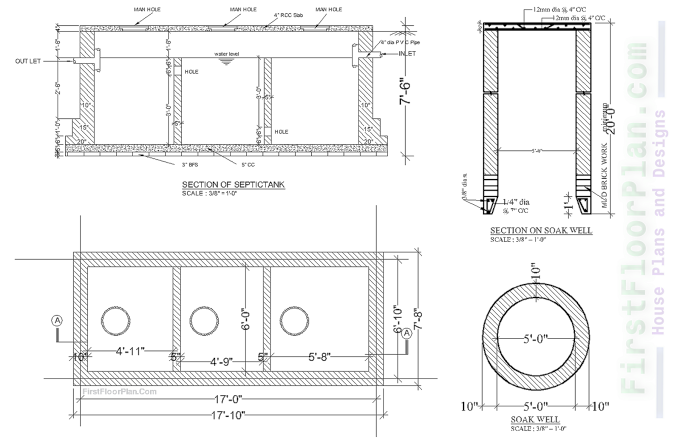Project the board is a
basic part of any association's prosperity. It involves planning,
organizing, and executing tasks to achieve specific goals within a defined
timeframe. However, traditional project management approaches often suffer from
inefficiencies and waste, leading to delays, cost overruns, and unsatisfied
stakeholders. In recent years, lean approaches have gained popularity as a way
to improve project management effectiveness. This article explores the key
principles and techniques of lean project management and how they can be
applied to enhance project outcomes.
1.
Understanding Lean Project Management
Lean task the
executives is a procedure that spotlights on taking out squander and expanding
esteem in project execution. It draws inspiration from lean manufacturing
principles, which were pioneered by Toyota in the 1950s. The core idea behind
lean project management is to deliver the highest quality results with the
least amount of resources and effort.
One of the key
principles of lean project management is the concept of value stream mapping. This involves identifying all the activities
and processes involved in a project and analyzing them to determine which ones
add value and which ones are wasteful. By eliminating or optimizing wasteful
activities, project managers can streamline the project workflow and improve
overall efficiency.
2. Applying
Lean Principles to Project Management
There are several key
principles of lean project management that can be applied to enhance project
outcomes:
2.1.
Continuous Improvement
Continuous improvement
is a fundamental principle of lean project management. It involves constantly
seeking ways to improve project processes and outcomes. This can be done
through regular feedback loops, where project teams reflect on their
performance, identify areas for improvement, and implement changes accordingly.
For example, a
software development team may hold regular retrospectives to discuss what went
well and what could be improved in their development process. By implementing
changes based on these discussions, the team can continuously enhance their
efficiency and effectiveness.
2.2.
Just-in-Time Delivery
Just-in-time (JIT)
delivery is another key principle of lean project management. It involves
delivering the right resources, information, and deliverables at the right
time, minimizing waste and maximizing efficiency. JIT delivery requires careful
planning and coordination to ensure that resources are available when needed.
For example, in a construction
project, materials should be delivered to the site just before they are needed
to avoid unnecessary storage costs and potential damage. By adopting JIT
delivery, project managers can reduce inventory costs and
improve project timelines.
2.3. Visual
Management
Visual management is a
technique used in lean project management to enhance communication and
transparency. It involves using visual tools, such as Kanban boards or Gantt charts, to represent project tasks,
progress, and dependencies. These visual representations make it easier for
project teams to understand the project status at a glance and identify
bottlenecks or areas that require attention.
For example, a
marketing team may use a Kanban board to track their campaign tasks. Each task
is represented by a card that moves across different columns, indicating its
progress. This visual representation allows team members to quickly see which
tasks are in progress, which ones are completed, and which ones are blocked.
2.4.
Empowering the Team
Empowering the project
team is a crucial aspect of lean project management. It involves giving team
members the authority and responsibility to make decisions and take ownership
of their work. By empowering the team, project managers can tap into their
expertise and creativity, leading to better problem-solving and innovation.
For example, instead of
micromanaging every task, a project manager may assign a team member as the
lead for a specific deliverable. This team member would then have the autonomy
to make decisions and coordinate with other team members to ensure successful
delivery.
2.5. Eliminating
Waste
Eliminating waste is
at the core of lean project management. Waste refers to any activity or process
that does not add value to the project. There are several types of waste that
can occur in project management, including:
- Overproduction:
Producing more than what is required by the project scope.
- Waiting: Delays caused by dependencies or lack of coordination.
- Defects:
Errors or rework that could have been prevented.
- Inventory:
Excess materials or resources that are not immediately needed.
By identifying and
eliminating these types of waste, project managers can optimize project
processes and resources, leading to improved efficiency and cost savings.
3. Benefits of Lean
Project Management
Adopting lean project
management approaches can offer several benefits to organizations:
3.1. Improved
Efficiency
Lean project
management focuses on eliminating waste and optimizing processes, leading to
improved efficiency. By streamlining workflows and reducing unnecessary
activities, project teams can complete tasks more quickly and with fewer
resources.
For example, a
manufacturing company that adopts lean project management principles may be
able to reduce its production lead time by eliminating non-value-added
activities, such as excessive inspections or unnecessary transportation of
materials.
3.2. Cost
Savings
Lean project
management can also result in significant cost savings. By eliminating waste
and optimizing resources, organizations can reduce unnecessary expenses and
improve their bottom line.
For example, a
construction company that adopts lean project management principles may be able
to reduce its material waste by accurately estimating the required quantities
and avoiding overordering.
3.3. Enhanced
Quality
Lean project
management emphasizes delivering high-quality results by eliminating defects
and errors. By focusing on quality throughout the project lifecycle,
organizations can reduce rework and improve customer satisfaction.
For example, a
software development team that adopts lean project management principles may
implement rigorous testing and quality assurance processes to identify and fix
defects early in the development cycle. This can result in a higher-quality
product and fewer customer complaints.
3.4. Increased
Stakeholder Satisfaction
Lean project
management can also lead to increased stakeholder satisfaction. By delivering
projects on time, within budget, and with high quality, organizations can build
trust and credibility with their stakeholders.
For example, a
marketing agency that adopts lean project management principles may be able to
consistently deliver campaigns that meet or exceed client expectations. This
can lead to long-term client relationships and positive word-of-mouth
referrals.
4. Case Study:
Lean Project Management in Healthcare
Lean project
management principles can be applied to various industries, including healthcare.
One notable example is the Virginia Mason Medical Center in Seattle, which
successfully implemented lean project management to improve patient care and
operational efficiency.
The medical center
identified several areas of waste, such as excessive waiting times for
patients, unnecessary movement of staff, and inefficient inventory management.
By applying lean project management principles, they were able to streamline
processes, reduce waste, and improve patient outcomes.
For example, the
medical center implemented a visual management system to track patient flow and
identify bottlenecks. They also empowered frontline staff to make decisions and
suggest process improvements, leading to increased employee engagement and
better patient care.
5. Conclusion
Lean approaches offer
a valuable framework for effective project management. By focusing on
eliminating waste, continuous improvement, and empowering the project team,
organizations can enhance efficiency, reduce costs, improve quality, and
increase stakeholder satisfaction.
Whether it’s in
manufacturing, construction, software development, or healthcare, lean project
management principles can be applied to any industry to drive better project
outcomes. By adopting lean approaches, organizations can stay competitive in
today’s fast-paced and demanding business environment.
In conclusion, lean project management is not just a passing trend but a proven methodology that can transform project execution. By embracing lean principles and techniques, organizations can achieve higher levels of efficiency, cost savings, quality, and stakeholder satisfaction. It’s time to embrace lean project management and unlock the full potential of your projects.










%20House%20plan%20with%207%20storey%20Apartmen%20building%20Structural%20desing%20%20DWG%20&%20PDF.jpg)

